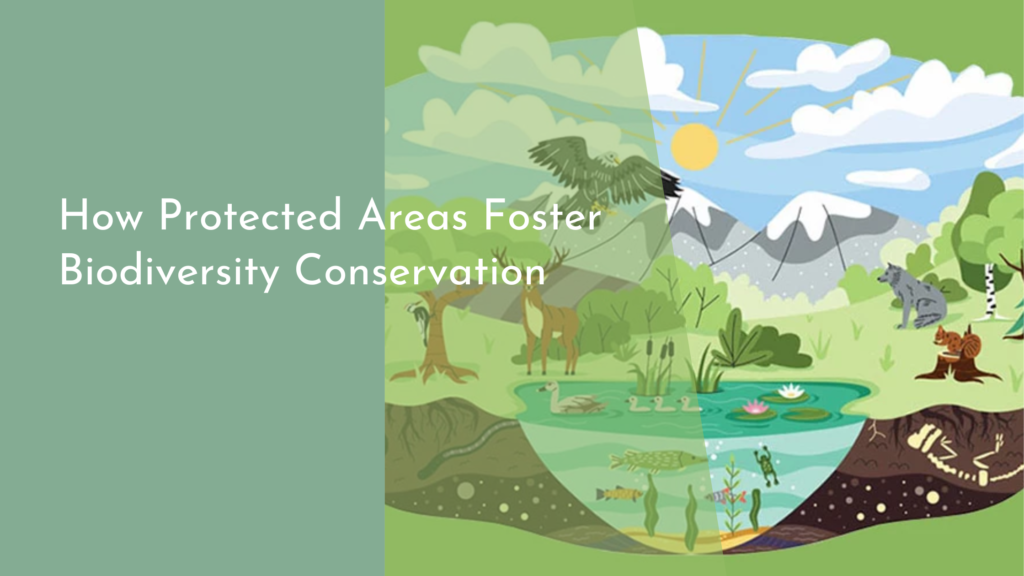Rainwater Utilization for Roadside Landscaping and Green Corridors
As urban areas expand and green spaces diminish, the need for innovative solutions to maintain vibrant landscapes becomes increasingly important. Rainwater utilization presents an effective way to enhance roadside landscaping and create green corridors that benefit both the environment and city dwellers. By capturing and using this natural resource, we can transform mundane streets into lush, welcoming spaces that improve urban biodiversity, aesthetic appeal, and overall well-being.
In this article, we will explore the various ways rainwater can be harnessed for roadside landscaping and the creation of sustainable green corridors. We’ll discuss the advantages of integrating these practices into urban planning and reveal creative methods for utilizing rainwater effectively in cities. Join us as we embark on a journey to discover how these efforts contribute to a healthier, greener, and more vibrant urban environment.
Harnessing Rainwater for Vibrant Roadside Landscapes
Rainwater harvesting systems are a fantastic way to transform roadside landscapes. By installing collection systems like rain barrels or underground cisterns, cities can capture rainwater runoff from roads and sidewalks. This collected water can then be used to irrigate roadside gardens, flower beds, and trees, ensuring that they remain lush and vibrant even during dry spells. This not only enhances the visual appeal of urban areas but also helps reduce the burden on municipal water supplies.
Moreover, utilizing rainwater reduces stormwater runoff, which can lead to flooding and water pollution. By directing rainwater to where it is needed most, cities can minimize the impact of heavy rainfall events. This sustainable approach not only beautifies the landscape but also fosters a healthier environment by encouraging biodiversity through the establishment of native plant habitats. The result is a more resilient and inviting urban space for residents and visitors alike.
Sustainable Green Corridors: A Win for Nature and Us
Green corridors serve as vital ecological pathways that connect parks, natural reserves, and urban areas, enhancing biodiversity and enabling wildlife to thrive. When rainwater is utilized in these corridors, it can create lush habitats filled with native plants and trees, which, in turn, support local wildlife such as birds, pollinators, and beneficial insects. These spaces do not just support flora and fauna, but they also contribute to cleaner air, reduced urban heat, and improved mental health for city dwellers.
Additionally, green corridors can act as natural water management systems. By integrating rainwater harvesting techniques, cities can create landscapes that absorb excess rainwater, reducing flooding and erosion in urban areas. This not only protects infrastructure but also enhances the local climate resilience. With thoughtful planning and the use of rainwater, we can create thriving green corridors that benefit both nature and the communities that surround them.
Creative Ways to Utilize Rainwater in Urban Areas
Innovation plays a crucial role in effectively utilizing rainwater in urban settings. For instance, green roofs and permeable pavements can capture rainwater on-site, allowing it to be absorbed and used for irrigation or to replenish groundwater supplies. Additionally, rain gardens—landscaped areas designed to collect and manage stormwater—can be incorporated into parks and along roadsides. These gardens filter pollutants from the water while providing a habitat for various species, effectively turning a potential problem into an asset.
Community engagement is another essential component of rainwater utilization. Cities can host workshops and events to educate residents about the importance of rainwater harvesting and how to implement these practices in their gardens. By fostering a culture of sustainability, urban areas can become vibrant hubs of greenery that reflect the values of their inhabitants. With a little creativity and collaboration, rainwater can be a powerful tool for enhancing urban landscapes.
Transforming Roadsides into Eco-Friendly Green Spaces
Roadside landscapes can often feel neglected, but with a focus on rainwater utilization, they can be transformed into eco-friendly green spaces that offer numerous benefits. By strategically planting native species that require less water and are well-adapted to local conditions, urban planners can create resilient roadside ecosystems. These landscapes not only absorb rainwater but also help filter pollutants from stormwater runoff, improving water quality in nearby bodies of water.
Moreover, these green spaces contribute to the overall well-being of communities. They provide recreational areas for residents, promote healthy living, and foster a sense of community pride. Adding elements such as seating areas, walking paths, and educational signage can encourage residents to connect with nature and engage with their surroundings. Ultimately, transforming roadsides into eco-friendly green spaces enhances urban life, promotes sustainability, and supports biodiversity—all while utilizing rainwater effectively.
Incorporating rainwater utilization into roadside landscaping and the development of green corridors is a win-win for urban environments and their inhabitants. This approach not only enhances the aesthetic appeal of cities but also helps mitigate issues related to stormwater management and urban heat. By implementing creative solutions and fostering community engagement, we can transform our concrete jungles into vibrant, sustainable landscapes that celebrate nature and improve quality of life. Let’s embrace the potential of rainwater to create a greener, healthier, and more inviting urban future!


